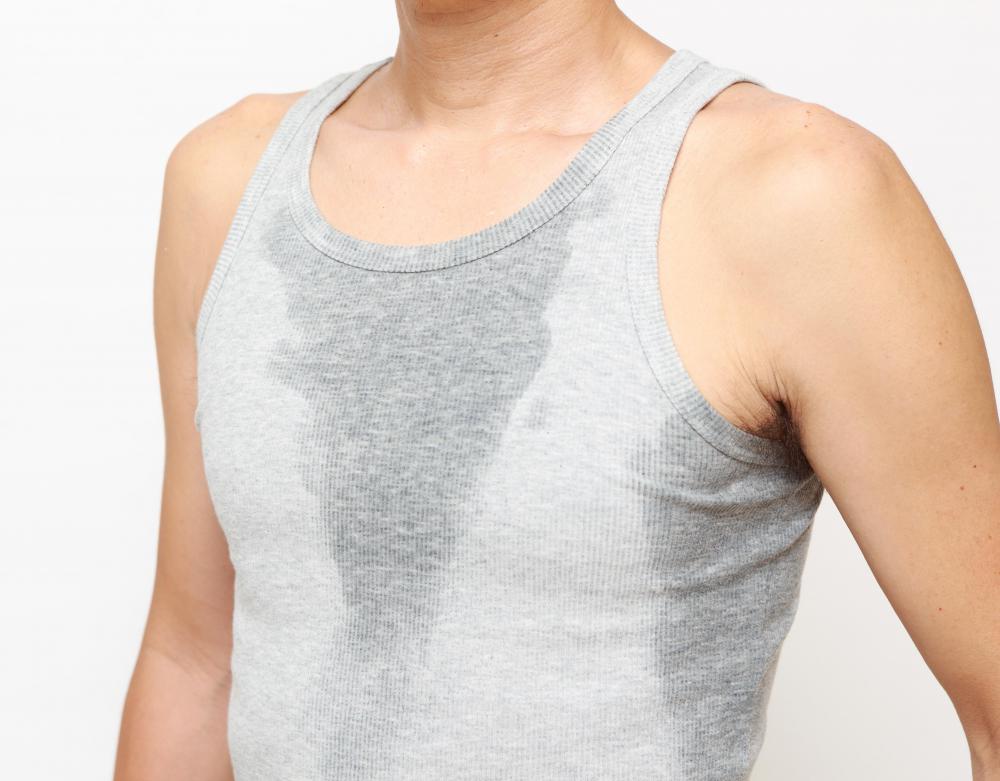At TheHealthBoard, we're committed to delivering accurate, trustworthy information. Our expert-authored content is rigorously fact-checked and sourced from credible authorities. Discover how we uphold the highest standards in providing you with reliable knowledge.
What are Isotonic Solutions?
An isotonic solution is a liquid solution that is stable in terms of osmotic pressure. Osmoic pressure is basically the pressure that outside forces or elements put on cell walls. In a solution that is isotonic, the osmotic pressure is even, which means that cells neither shrink nor retract but rather float freely in a natural-type state. These sorts of fluids have a number of important uses. Not only are they important to chemical experiments and researchers, but they’re also commonly used in things like intravenous fluid drips in medical settings, and are popular in sports drinks and other athletic rehydration solutions, too. When the fluids have the same basic composition as human blood or sweat, they can interact with or replace these fluids relatively seamlessly. They won’t cause chemistry changes in the body and tend to be very fast-acting.
Understanding Basic Tonicity

In chemistry, tonicity is a concept that covers the pressures of certain liquids on cells. Most cells are made up of liquid contained within a cell wall, known as a membrane. That membrane generally keeps the cell’s contents in while keeping elements from the external environment out, but this is not to say that the contents are unchanged by the surroundings.

When two aqueous solutions of different concentrations or tonicities are separated by a semi-permeable membrane such as a cell wall, water will usually migrate from the less concentrated, or hypotonic, side to the more concentrated, or hypertonic, side in an attempt to bring both sides into equilibrium. This process is known as osmosis. The greater the difference in the two solutions' concentrations, the higher the osmotic pressure will be, and the quicker the osmotic transfer will be as a consequence.
Impact on Living Cells

If a living cell, whether human, animal, or plant, is placed in a dish of pure water, osmotic pressure will almost always cause water from the dish to migrate into the cell, causing the cell to swell and possibly rupture. Conversely, if the cell is placed in a dish of water that contains solute in a higher concentration than the cell, water will flow from the cell out into the solution, causing the cell to shrivel and die. If the cell is placed in a dish of isotonic solution, there will be no net movement of water. Living cells have a significant concentration of solutes and are very sensitive to their outside environments.
It is the nature of osmosis that the identity of the solute doesn't matter. Thus, salts, sugars, and other soluble compounds are all effective at regulating osmotic pressure. All may be used to prepare isotonic fluids and solutions.
Importance in Fluid Drips
One of the most important uses of isotonic fluids and solutions is in medicine, and medical researchers often spend a great deal of time studying and understanding tonicity as it relates to various body processes. In general cells will only grow in isotonic solutions, and any drug administered intravenously must be adjusted to be effectively isotonic with human blood. A standard measuring agent is sodium chloride; a 0.9% solution of sodium chloride is considered isotonic with blood, although in fact its osmotic pressure is actually slightly higher.
This solution is frequently used to bolster and stabilize IV drips and sometimes even injections and vaccinations. Preparing different medications and therapies in sodium chloride can also help them disperse more evenly and keep a more uniform consistency.
Sports Drink Options
Sports drinks, basically beverages enhanced with electrolytes and sugars to replace those lost in sweat through strenuous exercise, are usually either isotonic, hypertonic, or hypotonic, depending on the manufacturer's formula. Isotonic solutions containing these substances are generally considered best for those engaged in normal athletic activity, while hypertonic versions are geared more towards providing energy during sustained, high-endurance events. Hypotonic sports drinks, by contrast, are generally best for athletes who need fluids without the energy boost of added carbohydrates.
AS FEATURED ON:
AS FEATURED ON:













Discussion Comments
@donbri5: Isotonic is a balanced tonic, whereas hypotonic and hypertonic are unbalanced tonics.
An example of an isotonic solution would be saline solution or ringers lactate. A daily saline soluton can be used to help clear up the sinus cavity. Generally, these types of solutions are used in the medical field.
Very interesting. I will be taking biology this summer. I will definitely ask questions on this site. I see where the hypertonic solution is good for an athlete that needs electrolytes and the energy boost and the hypotonic solution is best for athletes that do not need a boost of added carbs. Is there such a thing as an isotonic solution without it being hypertonic or hypotonic?
Post your comments